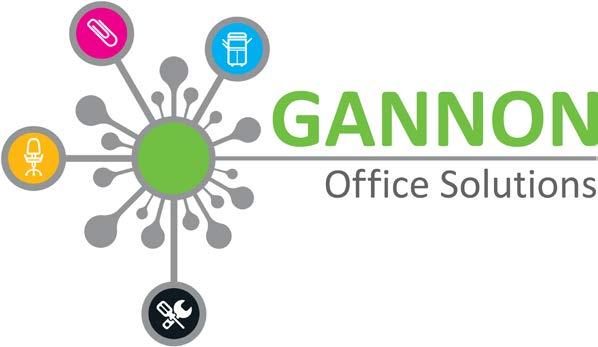
4 minute read
Gannon Office Solutions – Post Pandemic Landscape
Post Pandemic Landscape
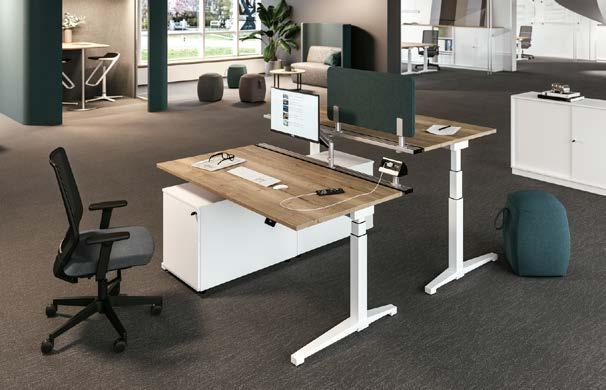
Gannon Office Solutions is a Celbridge based family firm which is to the forefront of bringing ‘the office of the future’. The company is celebrating 41 years in business this year.
Currently the company serves clients from one person operations, SMEs with offices typically holding 4 to 50 employees to large multinationals with 2,000 + employees. Gannon Office Solutions is accredited to the ISO 9001, ISO 14001 and ISO 45001 management systems through the National Standards Authority of Ireland (NSAI).
Offices and workplace practices have been revolutionised over the past 2 years as companies battled the fallout from the COVID 19 pandemic. Now workplaces are set to change accommodate these new work practices (hybrid working) and to encourage employees to return to the office environment in a safe and controlled manner.
Post pandemic landscape:
In our previous Chronicle post (June 2020), we wrote about how the COVID 19 pandemic had become the catalyst for a number of changes that had been expected to take place within the workplace. Improvements in technology (video conferencing, file sharing etc.) had promised a mechanism for remote working, however, this concept had not been widely tested.
We also wrote that the pandemic would certainly affect how the workplace of the future would look, however, at the time, we were unsure how it would affect future work environments.
The pandemic forced us all to change how we worked. Prior to the pandemic “Work” was seen as a place where we went each morning, were assigned tasks which were to completed under direct supervision. The pandemic forced us to change the daily schedule (get up, go to work, work in the office, come home, repeat) that we had become accustomed to over decades. It also forced us to ask ourselves some tricky questions like:
• Can we actually work from home”?
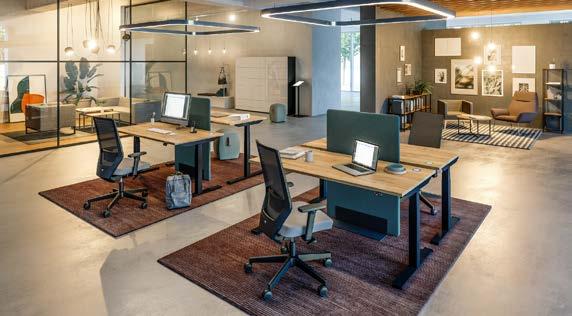
• Can we trust the employees to work from home?
• Can employees be as productive at home as we are in the office?
The pandemic proved that not only can employees be as productive working from home, some studies demonstrated that employees were in fact more productive working from home than they had been in the office.
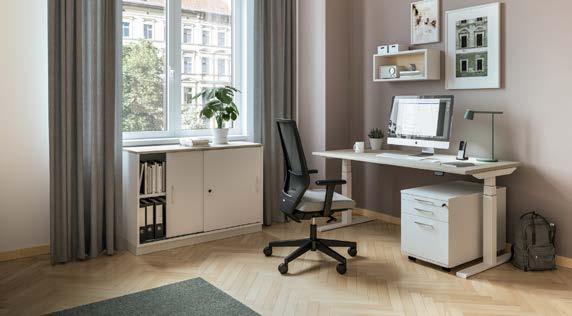
How we work:
While many relished the flexibility and avoiding the rush hour traffic that working from home offered, many missed the social aspect of work. There were also some aspects of remote work that did not work so well, the lack of body language and feedback in meetings, the loss of that casual interaction that happens within workspaces that so often sparks an idea or gets the creatin process going and the two minute in person chat that takes 30 minutes to arrange via video conference calls.
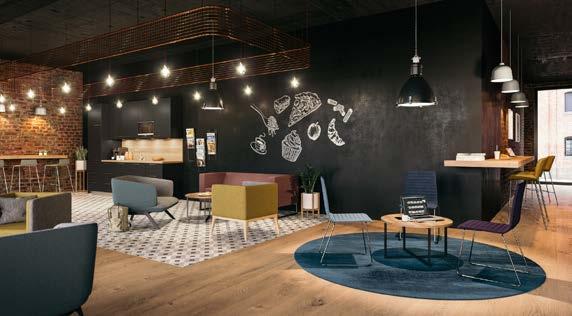
Rethinking our workspaces:
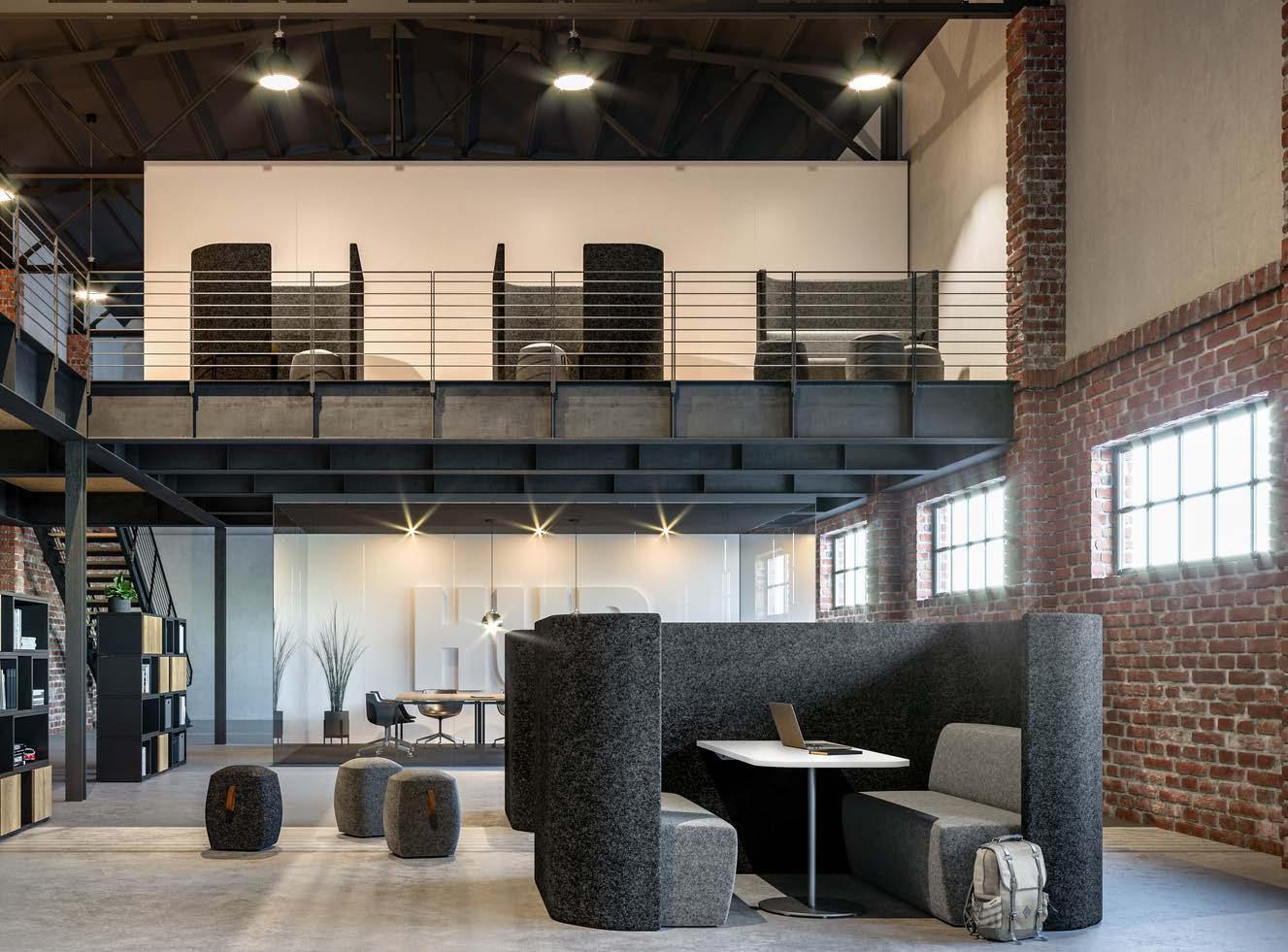
Technology such as video conferencing and cloud computing has allowed us to work successfully from home over the past two years. This technology isn’t going anywhere and has helped to reshape the new office workspaces. Going forward, we are unlikely to have our own designated desk anymore. “Hot Desking” or “Hotelling” will become widespread. Employees will be able to book both a desk and storage locker remotely for the days that they plan to be in the office. As employers no longer have to have a designated desk for each employee, offices will be redesigned to meet the changing needs of the workplace. Organisations will move away from traditional office layouts towards an environment which mirrors how we really live and work. In short, workplaces will designed to be flexible and more collaborative. Workplaces will change from a place you go to do individual work (“me” work) to a place that you go to meet and collaborate (“we” work).
How will this affect the traditional office layouts:
Increasingly, the main purpose for the office will be to provide an exciting venue to foster a sense of community, knowledge transfer, collaboration and to promote the company’s unique culture. Features such as gyms, full food service and creativity zones, once only the privilege of big tech companies, will become more commonplace. Employees in the office will spend less time on individual work which can be completed at home and more time on collaborative tasks. This increased focus on collaboration, networking and socialising will be key re-engaging with employees, fostering creativity and overcoming the feeling of isolation which has proved difficult for some during the pandemic.
So, what does the future workplace look like?
The workplace of the future will have significantly less desks and will have more collaboration spaces to foster creativity. There will be less individual office with management sitting in open plan areas and there will be a greater emphasis on acoustics within the office area with phone pods and meeting pods offering spaces for people to take and make video calls.
The workplace of the future will revolve around 3 main principles:
• Flexibility: Agile working environment which will allow employees to work in a space that they choose.
• Wellness: Topics like ergonomics and acoustics will become increasingly important issues going forward.
• Connections: Workplaces will be designed to strengthen the connection between the company and the collaboration and connection between fellow employees.







